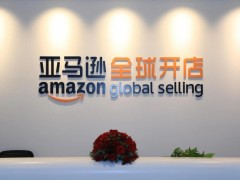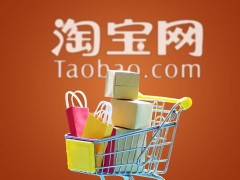How can individuals engage in cross-border e-commerce? What should cross-border e-commerce be done?
个人跨境电商的入门门槛相对较低,但需要一定的时间和精力投入。下面是几个建议:
1.寻找产品:选择自己熟悉的领域或者热门产品,通过淘宝、京东、亚马逊等平台寻找符合要求的产品。
2.了解海外市场:确定目标国家或地区,并了解当地的消费习惯、市场需求和规定法规等信息。
3.选择合适的平台:选择合适的跨境电商平台,如亚马逊、ebay、Wish等,通过注册商家账户进行销售。
4.准备必要的证件:根据目标国家或地区的要求,准备必要的证件,如海关申报单、进口许可证、税务登记证等。
5.确定物流方式:确定合适的物流方式,如EMS、DHL、UPS等,了解国际运输所需的文件和费用。
6.制定营销计划:根据目标市场的特点和消费者需求,制定相应的营销计划,包括网站建设、广告投放、社交媒体营销等。
7.提供优质服务:为顾客提供优质的售前、售后服务和客户支持,并及时回应顾客的问题和反馈。
总的来说,个人跨境电商要想取得成功,需要不断学习和实践,并注重产品选择、市场了解、法规遵守、物流渠道和服务质量等方面。
Professional answer
The entry threshold for individual cross-border e-commerce is relatively low, but it requires a certain amount of time and energy. Here are a few suggestions:
1. Find products: Choose a field or popular product that you are familiar with, and find products that meet the requirements through platforms such as Taobao, JD.com, and Amazon.
2. Understand overseas markets: Determine the target country or region, and understand local consumption habits, market demand, regulations, and other information.
3. Choose a suitable platform: Choose a suitable cross-border e-commerce platform, such as Amazon, eBay, Wish, etc., and sell by registering a merchant account.
4. Prepare necessary documents: According to the requirements of the target country or region, prepare necessary documents, such as customs declaration forms, import licenses, tax registration certificates, etc.
5. Determine the logistics method: Determine the appropriate logistics method, such as EMS, DHL, UPS, etc., and understand the documents and fees required for international transportation.
6. Develop a marketing plan: According to the characteristics of the target market and consumer needs, develop a corresponding marketing plan, including website construction, advertising, social media marketing, etc.
7. Provide quality services: Provide customers with high-quality pre-sales, after-sales services and customer support, and respond to customers' questions and feedback in a timely manner.
In general, if individual cross-border e-commerce wants to succeed, it needs to continue to learn and practice, and pay attention to product selection, market understanding, regulatory compliance, logistics channels and service quality.
Similar Q&A
recommend How to view sales of several months on Amazon?
E-c News Continuously pushing e-commerce knowledge to you








Latest Q&A More
-
Do I need a trademark to open a franchise store on Pinduoduo to sell books?
#Pinduoduo#
-
How to withdraw from a Pinduoduo store
#Pinduoduo#
-
How to withdraw from Pinduoduo merchants
#Pinduoduo#
-
How to pay fees when closing a Pinduoduo store
#Pinduoduo#
-
How to withdraw from Pinduoduo
#Pinduoduo#
-
Which store on Pinduoduo is authentic?
#Pinduoduo#
-
Which stores on Pinduoduo can buy genuine products?
#Pinduoduo#
-
How to check the store under Pinduoduo
#Pinduoduo#
-
How to receive Pinduoduo online game products
#Pinduoduo#
-
How to sell the electronic version on Pinduoduo
#Pinduoduo#
E-c News 2025-06-19 02:19:21

- African netizens use China Africa cross-border e-commerce platform for online shopping
- how is the new seller of cross-border e-commerce doing?
- how can cross-border e-commerce Amazon sell on Amazon platform without goods?
- Amazon store opening process and cost analysis!
- Amazon plans to expand its pharmacy business on a large scale and will add same day delivery service
